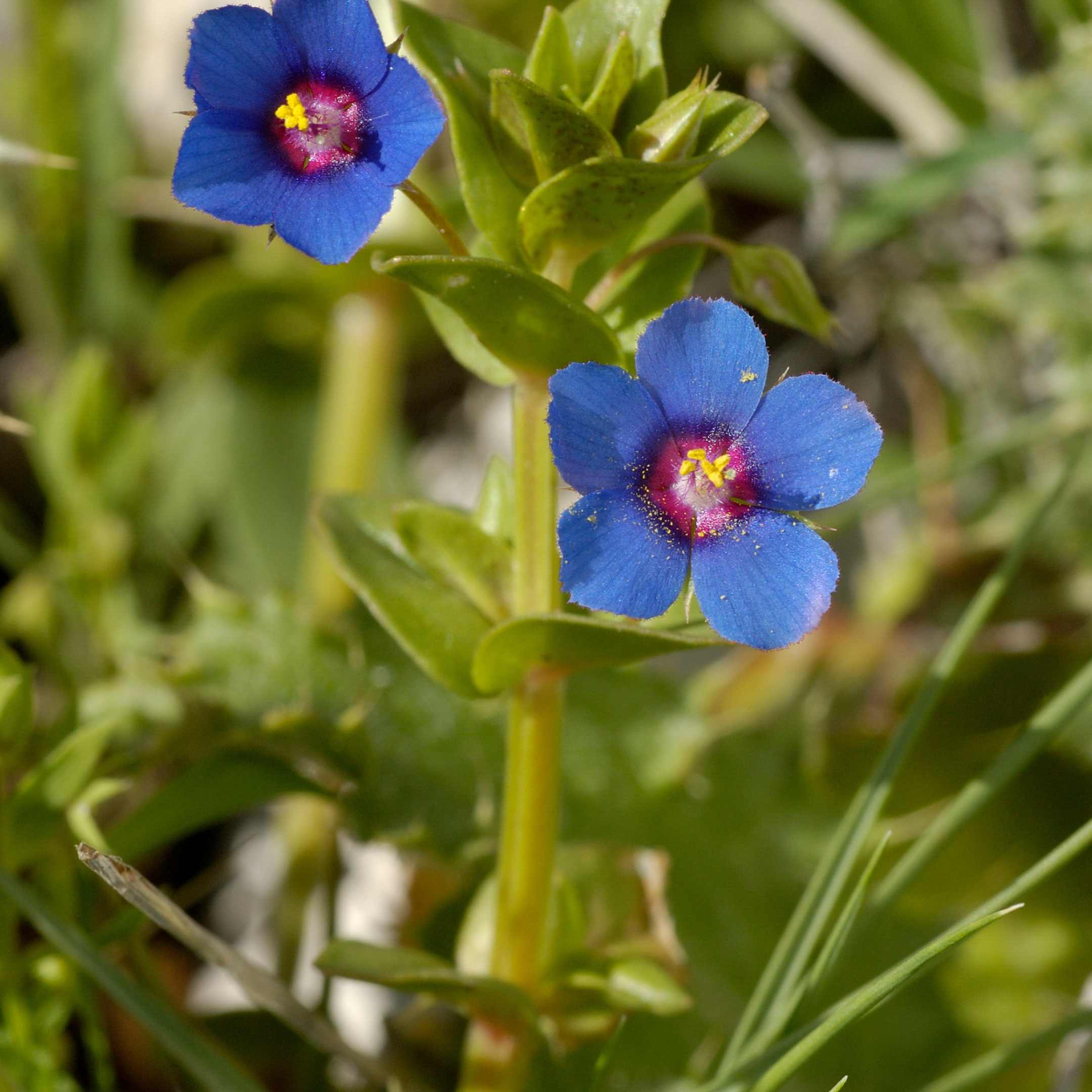Colours of Spring – Symphonic Concert Join us for an evening of unparalleled musical delight as we blend classical orchestral melodies with modern beats.Experience the ultimate musical fusion featuring: Saint Mary Band The Gozo Youth Wind
Scarlet Pimpernel is not only a novel about a brave hero – but a wild plant found wild on Gozo.
Author of, Weeds For Health On Gozo, Heléna Szöllősy shares everything you need to know about the wild plants that make up Gozo’s unique and diverse flora. Enjoy learning about the healing benefits and many usages of Scarlet Pimpernel which grows between February and July.


Botanical Name: Anagallis arvensis - L. Synonyms: Anagallis coerulea, Anagallis latifolia, Anagallis phoenicea Family Name: Primulaceae Maltese Name: Ħarira ħamra Common Names: Red pimpernel, Red chickweed, Poorman's barometer, Poor man's weatherglass, Shepherd's weather glass, Shepherd's clock Meaning of the Name: Anagallis, (given by Dioscorides) from the Greek Anagelao, signifying ’to laugh’, from its use in treating depression, arvensis, from Latin arvum, field, cultivated land, plowed land; ensis adjective suffix for nouns: country or place of origin or habitat. Meaning ’of cultivated fields’ Pimpernel is from the Latin bipinnella, applied in the sixteenth century to plants with bipinnate leaves.
DESCRIPTION
Scarlet pimpernel has weak sprawling stems growing to about 50 cm long, which bear bright green ovate sessile leaves in opposite pairs. The small orange, red or blue flowers are produced in the leaf axils from spring to autumn. The petal margins are somewhat crenate and have small glandular hairs. Scarlet pimpernel flowers are open only when the sun shines. On Gozo, it flowers from February to July.

- Habitats: Roadsides and cultivated land, preferring rather sandy soils.
- Range: Native to Europe, Western Asia, and North Africa, throughout most of the world, but absent from the Tropics.
- Status for Malta: Indigenous. Originating from Maltese islands. Very common in the wild.
- Parts Used: leaves, herb A homeopathic remedy is made from the plant.
- Herbal Actions: Antidepressant, Antipruritic, Antitussive, Antiviral, Cholagogue, Diaphoretic, Diuretic, Expectorant, Nervine, Purgative, Stimulant, Vulnerary
- Main Active Constituents: saponins, cucurbitacins
INTERNAL USES:
- The scarlet pimpernel was at one time highly regarded as a medicinal herb, especially in the treatment of epilepsy and mental problems, but there is little evidence to support its efficacy and it is no longer recommended for internal use because it contains toxic saponins and cytotoxic cucurbitacins.
- The whole herb is antitussive, cholagogue, diaphoretic, diuretic, expectorant, nervine, purgative, stimulant, and vulnerary.
- An infusion is used in the treatment of dropsy, skin infections and disorders of the liver and gall bladder.
- The plant was also said to be a remedy to dispel sadness.
EXTERNAL USES:
- It is used internally to treat itchy skin and externally to remove warts.
- It can be taken internally or applied externally as a poultice.
- The plant was also said to be a remedy for the bites of mad dogs.
- Recent studies found structures of two antiviral triterpene saponins from the plant against herpes simplex virus and poliovirus and established the antifungal properties of Anagallis Arvensis extract.
EDIBLE USES:
- Leaves – raw or cooked. Used in salads and as a spinach. The tender shoots are cooked as a vegetable. It is best not to eat these leaves, see the notes on toxicity.
OTHER USES
- The squeezed plant is used in Nepal for washing and bathing.
PRECAUTIONS: Use with caution, large doses can cause polyuria and tremor. The seeds are slightly poisonous to some mammals, but no cases involving people are known. Taken by mouth, experimental high doses of the liquid in humans caused twenty-four hours of intense nausea, headache, and bodily pain. Some people also experience dermatitis from contact with the leaf.
Want to learn what else you can forage on Gozo? Click here.
Author : Heléna Szöllősy. Editor: GITH

Helena is an expert on the medicinal properties of plants having trained in Herbal Medicine and Naturopathy, specialising in Phytotherapy including Homeopathy, Aromatherapy, Apitherapy and Bach Flower Therapy.
Information on the traditional uses and properties of herbs is provided in this book for educational purposes only and is not intended as medical advice. This information is not intended to be used to diagnose, prescribe or replace professional medical care. If you have any serious health concerns, you should always check with your healthcare practitioner before self-administering herbs. Please also undertake your own research when foraging. Some wild plants are endangered and are protected by law.





